By the end of March this year, eight localities had issued multidimensional poverty standards for the 2021-2025 period that were higher than the national multidimensional poverty standards. The application of separate poverty standards aims at income levels higher than those prescribed in the Government's poverty standards, in accordance with the socio -economic conditions of each locality and the living standards of the people.
Instructing people in Ta Han village, Xuan Lac commune, Cho Don district, Bac Kan , to grow high-yield corn. (Photo: Tran Hai)
Implementing the Sustainable Poverty Reduction Program in the context of the Covid-19 pandemic
On January 18, 2022, the Prime Minister issued Decision No. 90/QD-TTg approving the National Target Program on Sustainable Poverty Reduction for the 2021-2025 period (hereinafter referred to as the Program).
The program is designed with 7 projects, with a total minimum resource of 75,000 billion VND.
The implementation of the Program has been significantly impacted in the context of the Covid-19 pandemic.
The Central Steering Committee for national target programs for the 2021-2025 period was established with a Deputy Prime Minister as Head and Ministers of ministries in charge of the program.
In June 2022, the Prime Minister issued a Plan to organize the implementation of the emulation movement "For the poor - Leaving no one behind" for the period 2021-2025.
On the side of the Ministry of Labor, War Invalids and Social Affairs, this agency has issued a communication plan on the National Target Program on Sustainable Poverty Reduction for the 2021-2025 period.
Localities have proactively developed communication plans to implement the Program through Resolutions of People's Councils and decisions of Chairmen of People's Committees at all levels. Implementation has been organized in many forms and with diverse contents such as training to improve the capacity of cadres at all levels on poverty reduction work, producing communication publications, organizing seminars, dialogues, etc.
Regarding the development and promulgation of documents to implement the Program, the Government submitted to the National Assembly 4 resolutions; the Government issued 1 decree; the Prime Minister issued 2 decisions; the Ministries issued 8 circulars. At the same time, the Government submitted to the National Assembly Standing Committee 2 resolutions; the Prime Minister issued 12 decisions; the ministries issued 4 decisions.
All documents guiding the implementation of the National Target Program on Sustainable Poverty Reduction for the 2021-2025 period under Decision No. 1705/QD-TTg dated October 12, 2021 under the authority of the Government, the Prime Minister and ministries have been fully issued.
In provinces and cities, some positive results have also been achieved.
Specifically, 48/48 localities supported by the central budget issued regulations on principles, criteria, and norms for allocating state budget to implement national target programs.
Along with that, 5/13 localities that balance their own budgets have issued regulations on local budget capital allocation. 31/48 localities have issued regulations on integration mechanisms. 24/48 have mobilized capital sources to implement national target programs. 28/48 localities have issued documents implementing special mechanisms in investment management for small-scale projects with uncomplicated techniques. 34/48 localities have issued mechanisms for organizing the implementation of production development support activities.
The Central Steering Committee for national target programs for the 2021-2025 period was also established, headed by a Deputy Prime Minister and Ministers of ministries in charge of the program.
The Head of the Central Steering Committee issues the Operating Regulations specifying the responsibilities of the Head, Deputy Heads, members and coordination between the Committee and sectors and localities. At the same time, assign specific tasks to members.
At the local level, according to the National Assembly's regulations, 63/63 localities have completed the consolidation of the Provincial Steering Committee, in which the provincial leader is the Head of the Steering Committee, the standing member of the Program Steering Committee is the leader of the Department of Labor, War Invalids and Social Affairs. 30/63 localities have completed and established the District Steering Committee, 28/63 localities have completed and established the Commune Management Board.
By the end of 2022, more than 4% of households will be poor according to multidimensional poverty standards.
According to the Ministry of Labor, War Invalids and Social Affairs, the results of implementing the goals and targets of the Program in 2022 show that the poverty rate according to the multidimensional poverty standard in 2022 is 4.03%, down 1.17%, reaching the target of the Program assigned by the National Assembly and the Government (from 1-1.5%).
Eight localities have issued multidimensional poverty standards for the 2021-2025 period, higher than the national multidimensional poverty standards: Hanoi, Ho Chi Minh City, Da Nang, Ba Ria-Vung Tau, Binh Duong, Dong Nai, Tay Ninh and Quang Ninh.
The poverty rate of ethnic minority households in 2022 is 21.02%, a decrease of 4.89%. This figure in 2021 is 25.91%), achieving the Program's target (a decrease of more than 3%/year).
The poverty rate in 74 poor districts is 38.62% (down 6.35%), reaching the target assigned by the National Assembly and the Government (4%).
22/74 poor districts are receiving investment support to ensure the goal of "30% of poor districts escaping poverty" by the end of 2025.
A particularly disadvantaged commune in the coastal and island areas (hereinafter referred to as the commune) has been recognized for completing the goal of building a new rural area. It is expected that by the end of 2023, 9 more communes will be recognized. This number will increase to a total of 10/54 communes, accounting for about 18.5% compared to the target of 30% as assigned by the National Assembly and the Government.
By the end of March this year, 8 localities had issued multidimensional poverty standards for the 2021-2025 period, higher than the national multidimensional poverty standards. These are the provinces and cities: Hanoi, Ho Chi Minh City, Da Nang, Ba Ria-Vung Tau, Binh Duong, Dong Nai, Tay Ninh and Quang Ninh.
According to current regulations on multidimensional poverty standards for the period 2022-2025, criteria for measuring multidimensional poverty include income criteria and criteria for the level of deprivation of basic social services.
Specifically, the income criteria for rural areas is 1.5 million VND/person/month, and for urban areas is 2 million VND/person/month.
Regarding the criteria for the level of shortage of basic social services, basic social services (6 services) include: employment, health care, education, housing, domestic water and sanitation, and information.
The poverty line for the 2022-2025 period in rural areas is a household with an average monthly income per capita of VND 1.5 million or less and lacking three or more indicators measuring the level of basic social service shortages. In urban areas, the poverty line is a household with an average monthly income per capita of VND 2 million or less and lacking three or more indicators measuring the level of basic social service shortages.
NGAN ANH/NHAN DAN NEWSPAPER
Source link


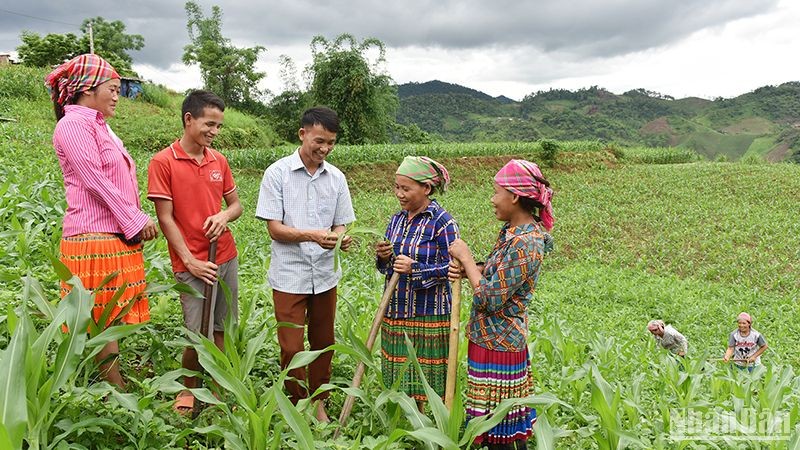
![[Photo] Scientific workshop "Building a socialist model associated with socialist people in Hai Phong city in the period of 2025-2030 and the following years"](https://vphoto.vietnam.vn/thumb/1200x675/vietnam/resource/IMAGE/2025/5/21/5098e06c813243b1bf5670f9dc20ad0a)
![[Photo] Prime Minister Pham Minh Chinh receives Rabbi Yoav Ben Tzur, Israeli Minister of Labor](https://vphoto.vietnam.vn/thumb/1200x675/vietnam/resource/IMAGE/2025/5/21/511bf6664512413ca5a275cbf3fb2f65)

![[Photo] Prime Minister Pham Minh Chinh receives the President of Asia-Pacific region of PowerChina Group](https://vphoto.vietnam.vn/thumb/1200x675/vietnam/resource/IMAGE/2025/5/21/0f4f3c2f997b4fdaa44b60aaac103d91)

![[Photo] Determining the pairs in the team semi-finals of the National Table Tennis Championship of Nhan Dan Newspaper](https://vphoto.vietnam.vn/thumb/1200x675/vietnam/resource/IMAGE/2025/5/21/eacbf7ae6a59497e9ae5da8e63d227bf)
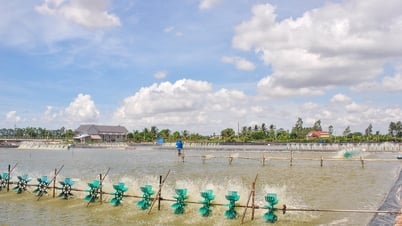
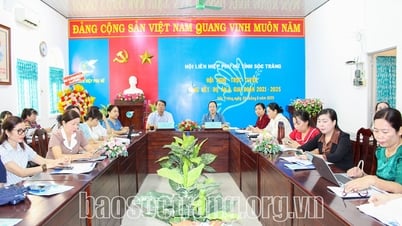



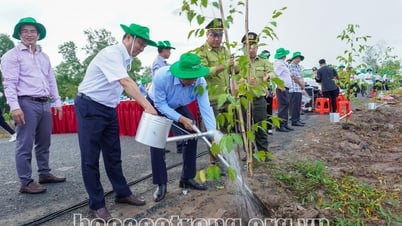








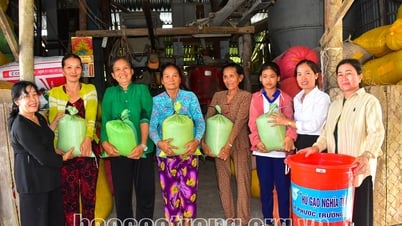

















































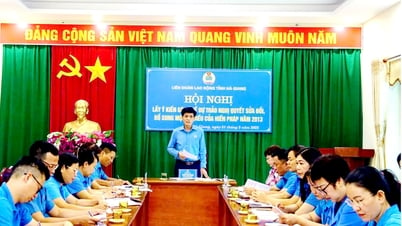



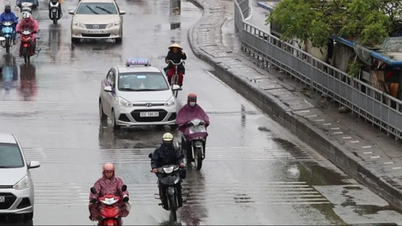


















Comment (0)